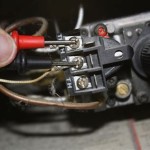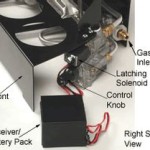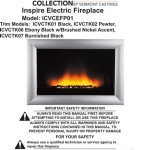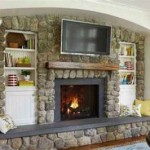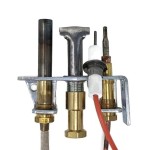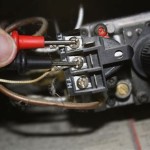Can You Put a Fireplace in a House?
The desire for a cozy fireplace in a home is a common one, adding warmth, ambiance, and a touch of traditional charm. However, the question of whether or not a fireplace can be installed in an existing house is not always straightforward. While it is certainly possible in many cases, various factors come into play, requiring careful consideration before embarking on such a project.
Existing Structure and Building Codes
One of the most crucial aspects to consider is the structure of the existing house itself. The foundation, walls, and roof must be able to support the weight and potential stress of a fireplace, particularly if a chimney is involved. Building codes and regulations also play a significant role, varying from location to location. These regulations often dictate minimum distances required between the fireplace and combustible materials, as well as the type of construction materials allowed for the hearth, firebox, and chimney.
For instance, some jurisdictions may require a specific type of fire-resistant drywall or insulation surrounding the fireplace to prevent the spread of fire. Furthermore, the location of the fireplace within the house can impact the regulations. For example, installing a fireplace in a basement might necessitate additional safety measures and inspections due to potential risks associated with smoke and carbon monoxide buildup.
Feasibility and Costs
The feasibility of adding a fireplace to an existing house depends heavily on the layout and structural elements. If a chimney is required, access to the roof and attic may be necessary for its construction. Additionally, the space available for the fireplace and its surrounding areas must be adequate to ensure safe operation and compliance with building codes. It is essential to consult with a qualified architect or engineer to determine the feasibility of the project, considering factors such as existing structural supports, ventilation, and potential for fire hazards.
The cost of installing a fireplace can vary significantly depending on the type of fireplace chosen, the complexity of the installation, and the need for additional structural modifications. A simple, prefabricated fireplace unit might be more affordable than a custom-built fireplace with intricate detailing. However, even seemingly straightforward installations can incur unexpected costs if unforeseen structural problems or additional permits are required.
Types of Fireplaces and Their Requirements
The type of fireplace selected will also influence the installation process and its suitability for an existing house. Traditional masonry fireplaces, while aesthetically pleasing, require a significant amount of space and a dedicated chimney system. Modern alternatives include gas fireplaces, electric fireplaces, and freestanding wood-burning stoves. Gas fireplaces are generally easier to install and are often preferred for their convenience and minimal maintenance. Electric fireplaces, on the other hand, are the most straightforward to install, requiring only a power outlet. However, some electric fireplaces might not be suitable for all interior styles, and they may not provide the same level of warmth as traditional fireplaces.
Freestanding wood-burning stoves, while offering the charm of a real fire, necessitate a dedicated vent or chimney for safe operation and smoke removal. The location for a freestanding stove should also be carefully considered to ensure it is placed away from flammable materials and has sufficient clearance from walls and other objects.
Ultimately, the decision to install a fireplace in an existing house requires a thorough assessment of the structure, building codes, and the feasibility of the chosen fireplace type. Consulting with qualified professionals, such as architects, engineers, and fireplace specialists, is strongly recommended to ensure a safe and successful installation. While the process may involve some challenges, the rewards of a cozy fireplace, adding warmth and ambiance to a home, can be significant.

Adding A Fireplace To Existing Home Where For Fireplaces

How To Use A Fireplace Bob Vila

How To Add A New Electric Fireplace Your Home

Your Home Doesn T Have A Fireplace And You Want To Add One

Adding A Gas Fireplace To An Existing Home Just Log Fires

Fireplace Additions Answers On

Pros And Cons Of A House With Fireplace Rismedia

How To Add A New Electric Fireplace Your Home

Top 5 Reasons To Install A Fireplace In Your Home Stone Solutions Maine

Install A Fireplace Without Chimney Ventless


